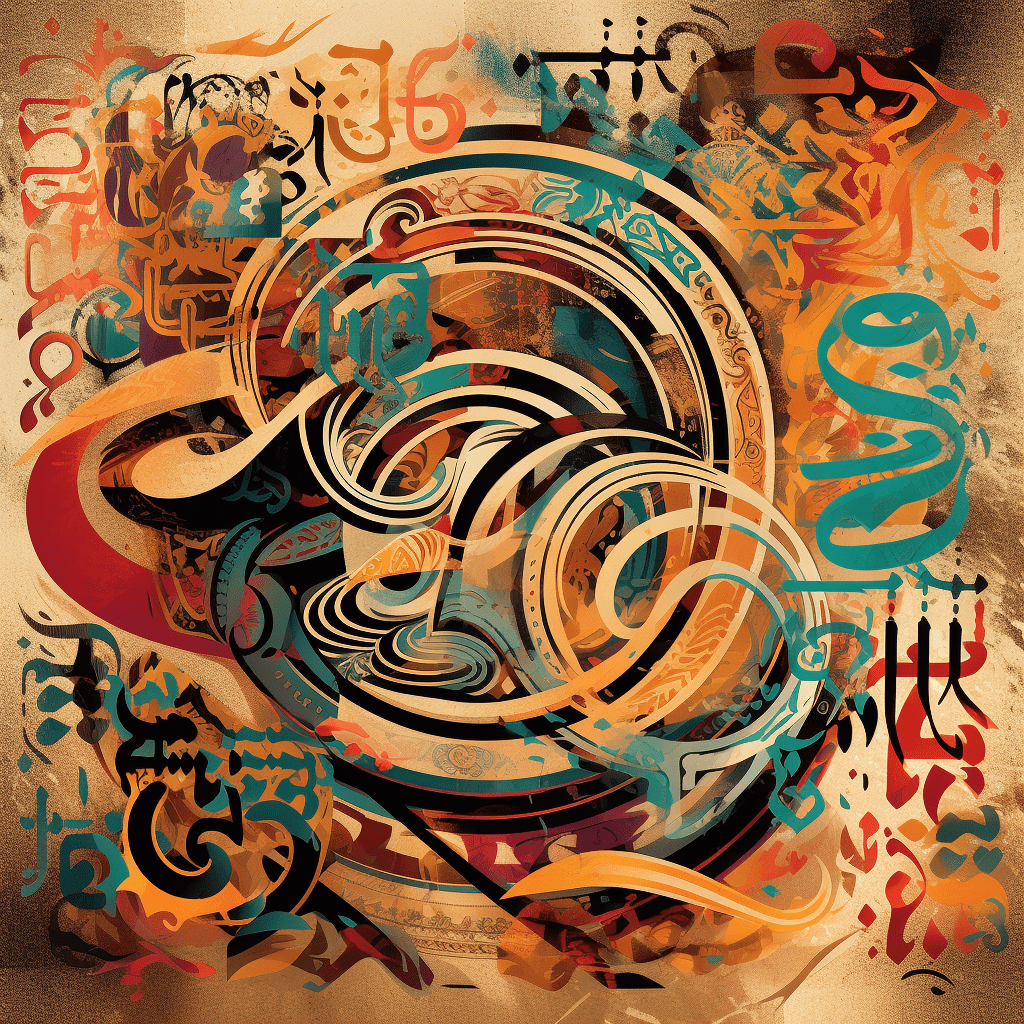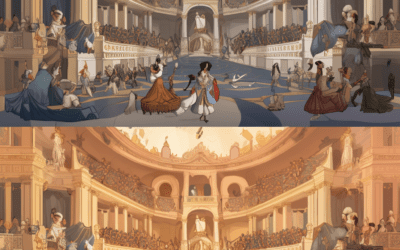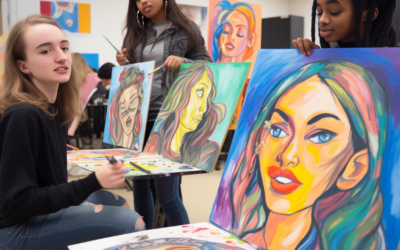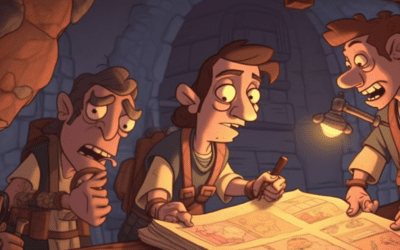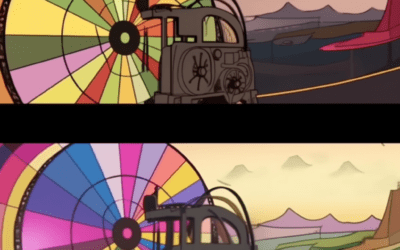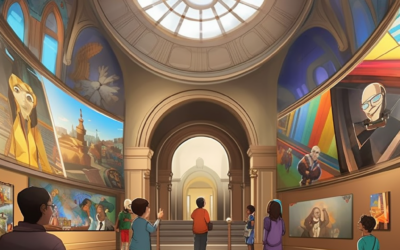From Hieroglyphs to Calligraphy: Script as Art
Introduction
Imagine a world without writing. We wouldn’t be able to read books, send messages, or write down our thoughts. Writing is an incredible human invention that has been around for thousands of years. But did you know that writing can also be a form of art? Let’s explore the journey of script from ancient hieroglyphs to beautiful calligraphy.
Early Writing Systems: Hieroglyphs
* Ancient Egyptians used hieroglyphs, which were pictures that represented words or sounds.
* Hieroglyphs were written on walls, tombs, and temples.
* Each hieroglyph had a specific meaning, and it could be combined with other hieroglyphs to create words and sentences.
The Birth of Alphabets
* Around 4,000 years ago, ancient civilizations started using alphabets.
* Alphabets consisted of individual symbols representing a sound, rather than a whole word or idea.
* This made writing simpler and easier to learn.
* The Phoenicians, Greeks, and Romans all had their own alphabets.
Chinese Characters: A Mix of Art and Writing
* Chinese characters are a unique form of writing.
* They are based on pictures but have evolved into more abstract symbols.
* Each character is like a tiny work of art, with precise strokes and balance.
* Learning Chinese characters requires practice and attention to detail.
The Beauty of Calligraphy
* Calligraphy is the art of writing beautifully.
* It involves using special pens, brushes, or even fingers to create elegant and flowing scripts.
* Calligraphy can be found in many cultures and is seen on scrolls, paintings, and even tattoos.
* Today, calligraphy is still practiced and admired as a form of artistic expression.
Conclusion
Writing is not just a practical tool for communication; it can also be a creative and beautiful art form. From the ancient hieroglyphs of Egypt to the precise strokes of Chinese characters and the elegance of calligraphy, script has played a significant role in human history and culture. So, the next time you write or read something, remember that you are participating in a rich tradition of script as art.

